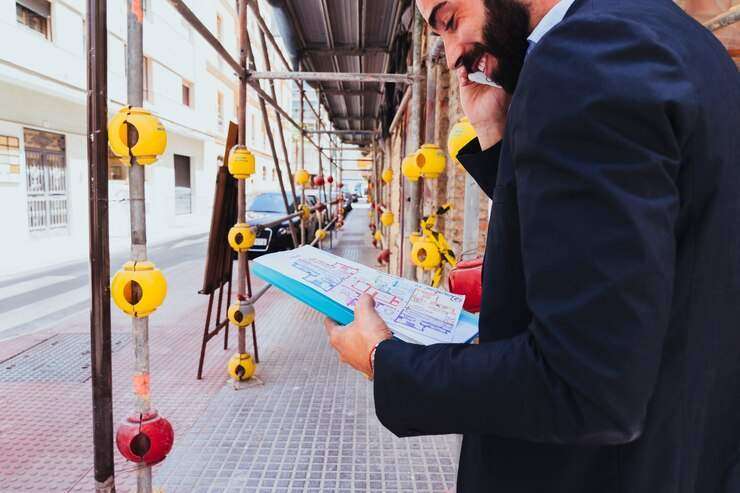
The collaboration between different teams of a project is an immensely important aspect of the process. This collaboration makes sure that the amount of clashes are as minimum as possible. But to have a proper and in-depth understanding of what clashes are we need to be clear about the difference between clash detection and clash avoidance. This is needed to increase the chances of success of your project.
Clash detection basically recognizes the clashes that occur in the design of construction. In cases where more than two components are present, a clash arises. There are generally 3 different types of clashes- hard, soft and workflow clashes. If you are able to detect these clashes at an early stage, it will save your efforts, money, and time.
Clash avoidance doesn’t exist individually and rather forms a part of the clash detection process. It is the procedure of ruling out the spatial overlaps and other issues. BIM coordination solves these problems. It ensures interoperability in the building asset.
Differences between Clash detection and clash avoidance
Clash detection
- The clashes are recognized after creation of the construction drawings. This is why it is known as a reactive process. The software detects the structural overlaps smoothly.
- Detection clashes and rectification of them is a time-consuming process. The professional needs to redo it multiple times to make everything correct.
- BIM clash detection service is involved in the pre-construction stage. The individual clashes are detected much before the actual construction begins.
- The entire work is done by a single software and thus, it doesn’t require many people to execute the work.
- Different tools are used for detecting these clashes. They ensure accuracy in the detection procedure.
What follows clash detection?
MEP BIM Clash Detection in Revit is one of the highly capable services. It adds immense value to the entire project process. The strategies formulated to avoid any such clashes is also very important for the efficient project execution.
After the clash is detected, the model is scrutinized in depth and a far-reaching plan is chalked out.It becomes extremely necessary to remove each of the clashes to make sure that no error occurs in the final building. BIM streamlines the entire procedure and brings the best out of the detection services.
Clash Avoidance
- Clash avoidance is carried out by the team working on the construction. It involves ignoring and correcting the spatial issues. And this is known as a proactive process.
- It is not a very time-consuming process if done accurately.
- Unlike 3D BIM clash detection services, clash avoidance does not pertain to any individual step of construction but is done through all the steps. There are certain strategies that are used from the initial stage till the last one.
- This is a collaborative process. The stakeholders who are involved in the project need to know about the techniques and strategies pertaining to the process.
- Tools are not required in the clash avoidance process. The principal cause of the clash is gauged right from the beginning, according to which the issues are further avoided.
More about clash avoidance
To have a full-fledged clash avoidance in the project it is necessary that every associate of the project focus on the details. BIM offers higher communication and collaboration which makes the project more detailed. With greater communication, the chances of avoiding clashes are more. The information can be used to facilitate the process and ensure the recurrence of such clashes.
Conclusion
Both BIM clash detection services and clash avoidance services are an integral part of the AEC procedures. While one can be carried out only with tools and basic knowledge, the other one needs focus and presence of mind from all the associates. With BIM providing a solution for detection, an errorless project result can be achieved.

